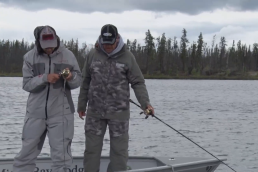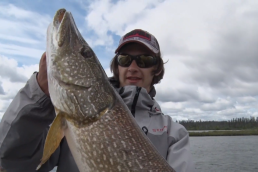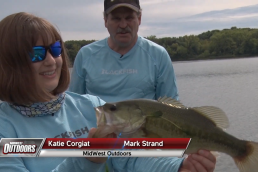“Reinventing Myself” Pike
SHARE THIS POST
I love to chase trout, but the season closes on the 15th of October each year on my home waters. From then until the catch-and-release trout season opens in January, I could drive to Iowa to chase trout, but perfectly good pike water is 32 minutes away.
Typically, when I chase pike, I throw stick baits and spoons and an occasional soft plastic. The only problem with this is, everyone else in the world throws pretty much the same thing for pike on my home waters.
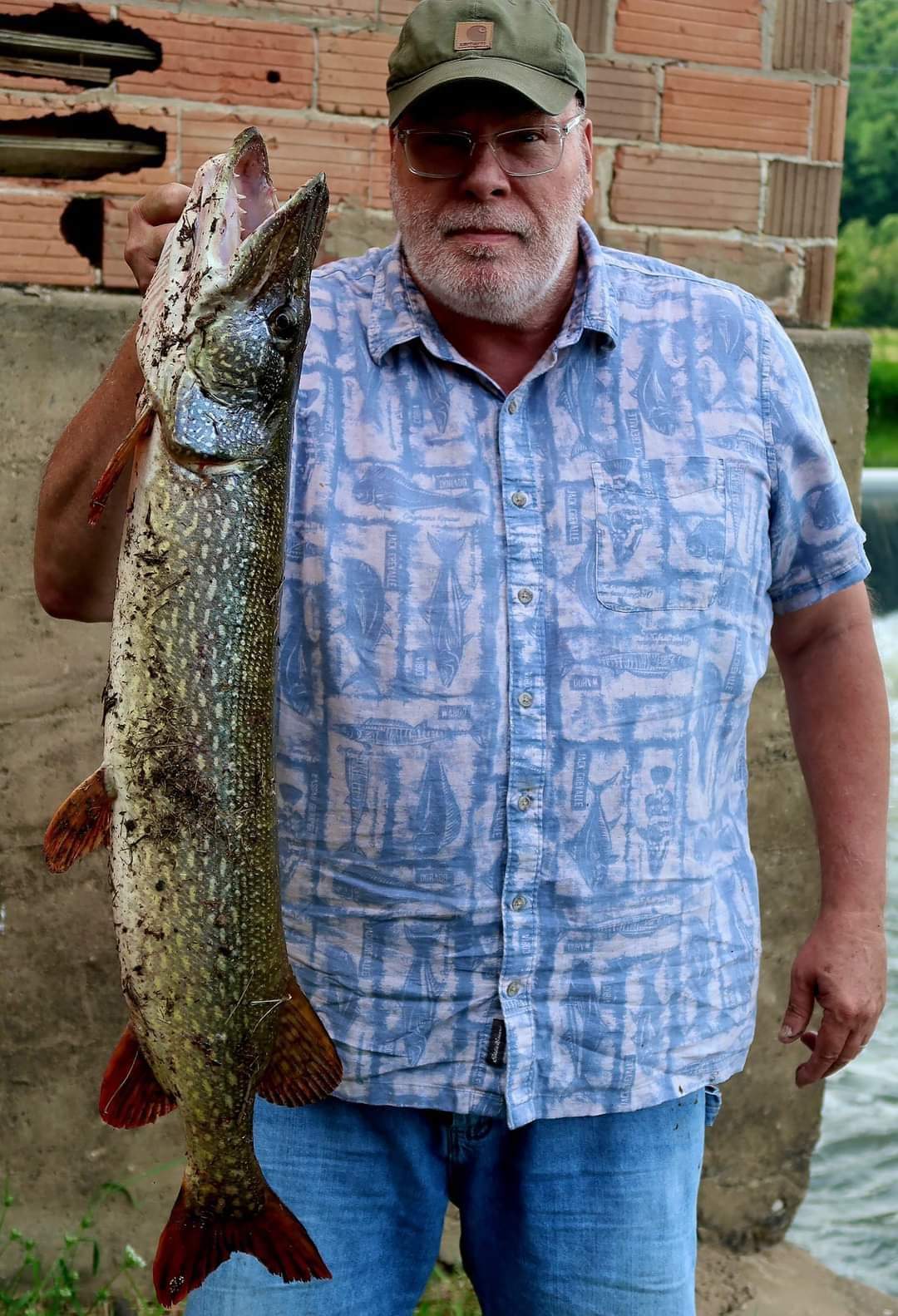
I was on the Kickapoo river throwing stickbaits a couple years back on the 16th of October, and nobody was home. I literally threw everything in both of my tackle boxes and caught nothing. I was loading up to leave and saw someone on the other side battling a nice pike. I quickly drove over there and aided with my giant net.
I had been casting for 3 hours and this guy, who caught a nice pike, had been there for fifteen minutes. I took a quick look at what he was using: simply fishing a sucker under a bobber.
I have been researching using live bait for pike ever since then. There is a lot more nuance to it than just hooking the sucker on and waiting for a pike. Make sure not to hook the sucker too deeply because it will kill the minnow and hide your hook point. You need to put a couple split shots above your leader to keep the sucker down. You do not see very many “live bait for pike” TV shows on Saturday or Sunday mornings, so I had to do some serious research.
Fishing with live bait in the trout and pike world typically means you are keeping your catch because fish often swallow your bait and injure themselves. I still refuse to use live bait for trout. But I do for pike because I’ve been practicing pickling pike and am pretty good at it. I also give pike to my hometown folks.
I still cast stickbaits while I am soaking a sucker. I typically get eight suckers. I hook a sucker on and put my minnow bucket into the water to literally chum for pike. They range in length from 6 inches to 10 inches.
Are you enjoying this post?
You can be among the first to get the latest info on where to go, what to use and how to use it!
I have learned from research and experience that pike take small suckers a different way than large suckers. You can set the hook on a smaller minnow before you do a bigger sucker. A bigger sucker needs to be turned in the pike’s mouth, so you need to wait a ten-count before you set the hook hard. Pre-set your drag for a bull rush.
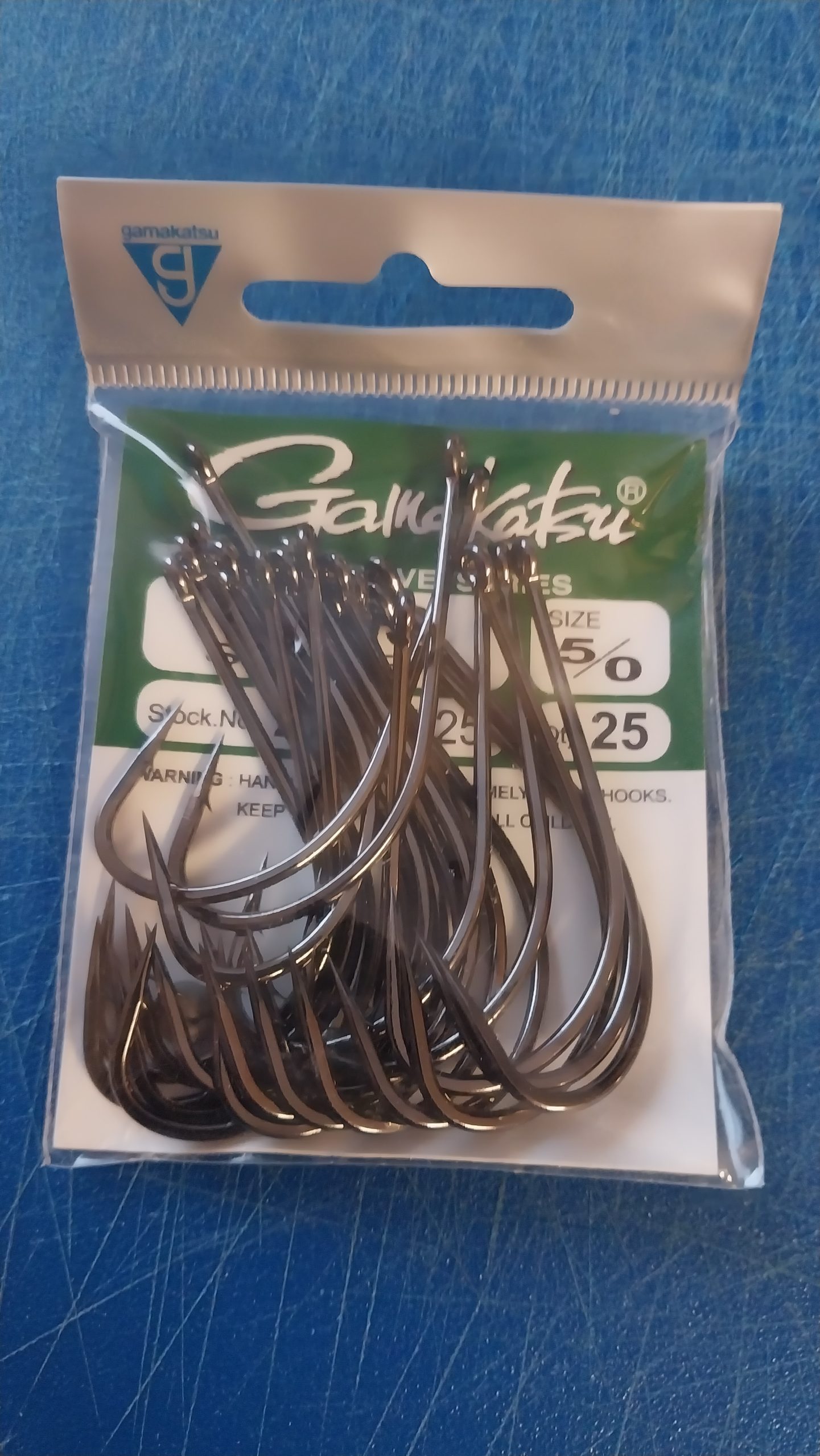
I have learned a couple things the hard way when it comes to live bait pike. Set the bobber depth to suspend the bait 10 inches off bottom. The bobber and split shot will get wrapped around each other if you try to cast your bobber out too far. The sucker will try to go towards current or to hide near shore. Don’t let it go near shore because it will hide in the rocks and do no good. A longer, 45-pound-test leader is necessary if you are targeting gators. They can saw through your line if your leader is too short.
When you are about to net a pike, make sure you go deep under it and that the pike goes in headfirst. Tilt your net slightly upward to avoid that last surge when the fish is trying to get away. Make sure the net is heavy-gauge and coated because it’s nearly impossible to get lures and hooks out of thin-gauge netting.
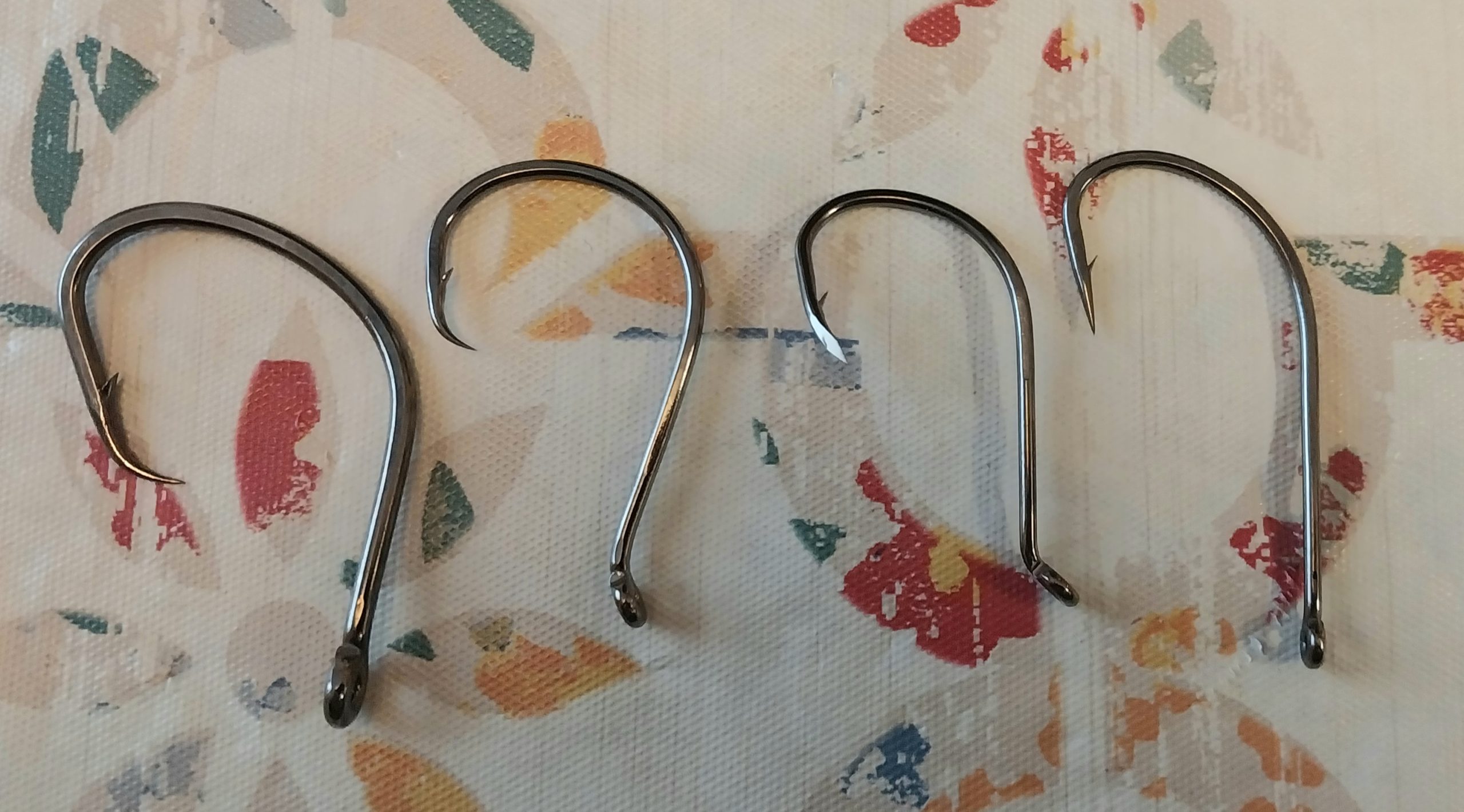
The last three years, I have tried every imaginable hook to catch pike. It depends on who you ask and if they plan on keeping the pike or not as to the type of hook they recommend.
I have three different sucker suppliers in my area, but by late November, none of them carry suckers anymore. I will, however, be soaking a sucker in May opening weekend 2024. In the meantime, if live suckers remain available throughout winter in your area, give them a try.
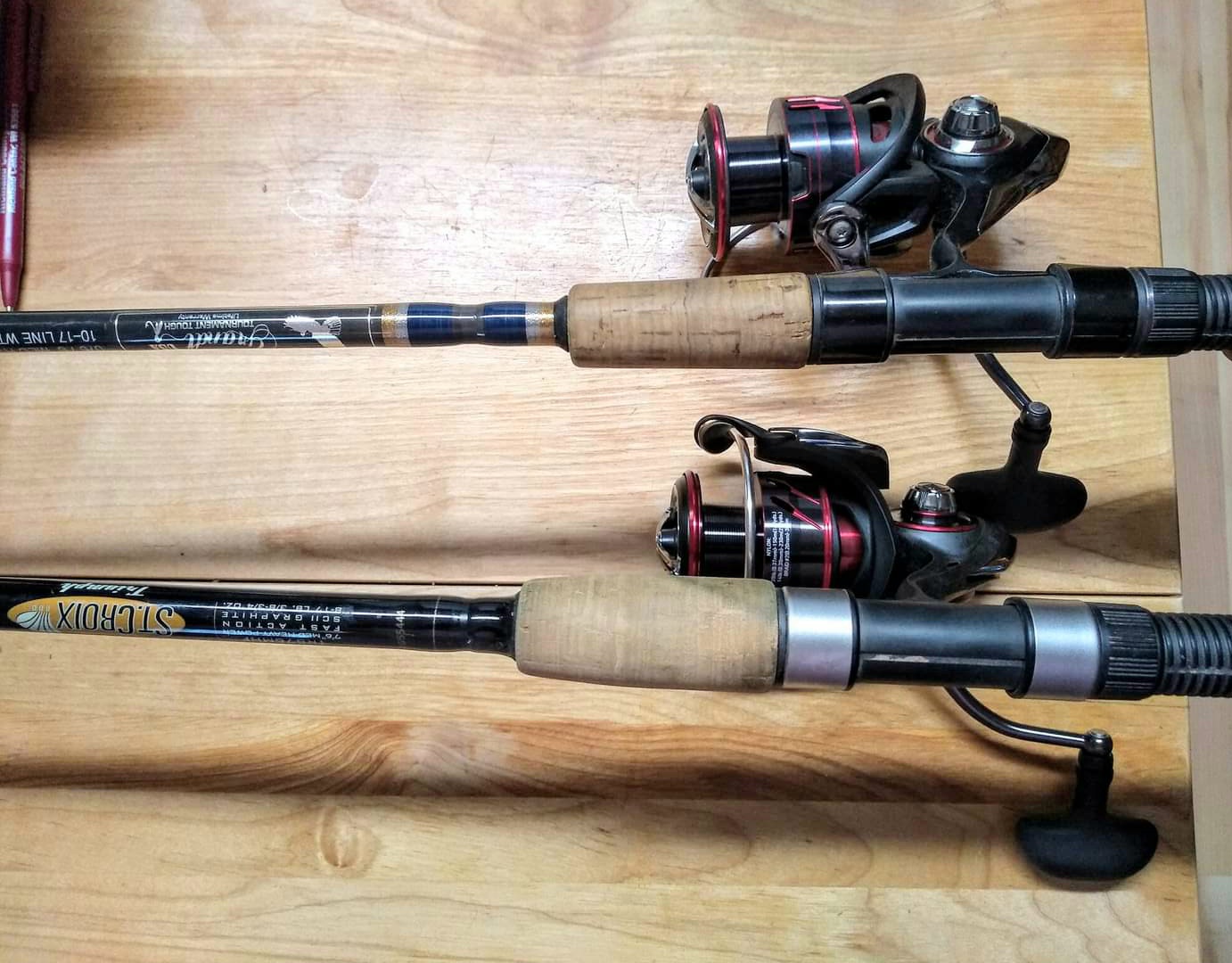
MWO
SHARE THIS POST
Did you enjoy this post?
You can be among the first to get the latest info on where to go, what to use and how to use it!
Len Harris
Len Harris lives in the heart of the Wisconsin driftless area. He fishes for anything that has fins. His first love is small stream trout fishing, with northern pike fishing a close second. Harris writes for many local papers and has written two books that are available on Amazon.

